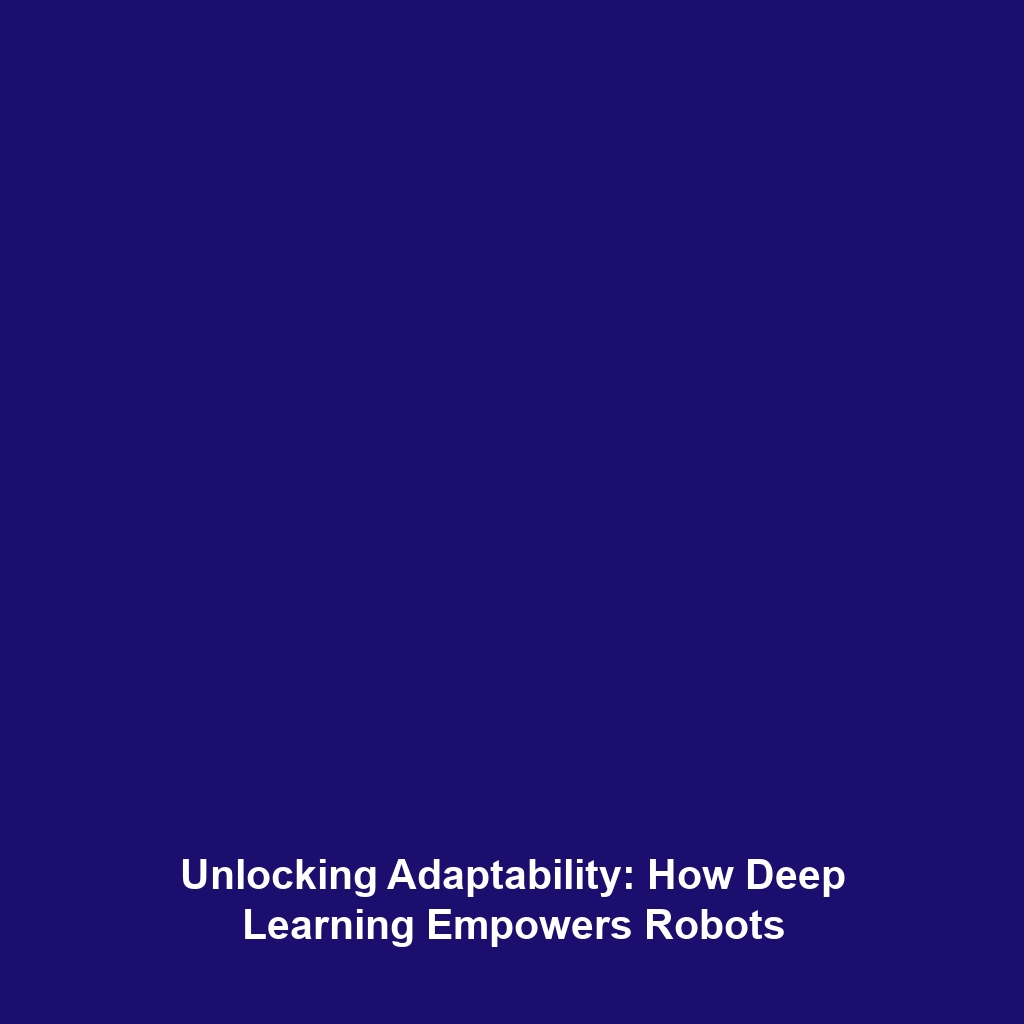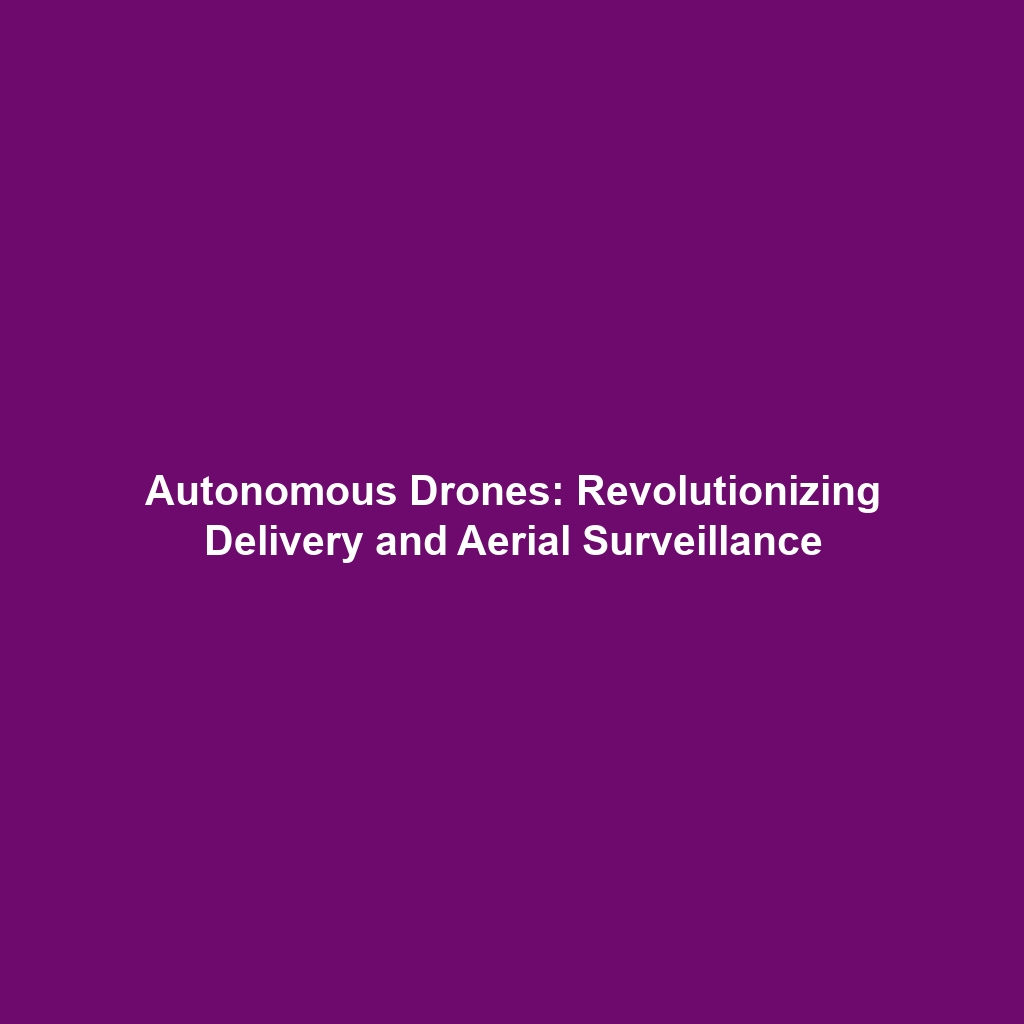How Autonomous Cars and Trucks Use Sensors and AI to Navigate Roads
Introduction
Autonomous vehicles, including cars and trucks, represent a revolutionary leap in technology, blurring the lines between machinery and intelligent behavior. Using a sophisticated blend of AI and sensors, these vehicles navigate complex road environments with remarkable precision. This capability not only enhances transportation efficiency but also reduces human error, significantly contributing to roadway safety. As a key segment of Autonomous Robots, this technology showcases the potential for transforming industries and daily life.
Key Concepts
1. Sensor Technology
At the heart of autonomous navigation is an array of sensors, such as:
- Lidar: Uses laser light to create a three-dimensional map of the environment.
- Radar: Employs radio waves to detect the speed and distance of objects.
- Cameras: Capture visual data, crucial for object recognition and lane detection.
2. Artificial Intelligence Algorithms
AI plays a critical role in processing sensor data. It enables:
- Deep Learning: For image and object recognition to identify pedestrians, vehicles, and traffic signals.
- Path Planning: Algorithms that determine the safest routes based on real-time traffic data.
- Decision Making: Ensuring that the vehicle reacts appropriately to dynamic road conditions.
Applications and Real-World Uses
The application of autonomous cars and trucks using sensors and AI spans various sectors, including:
- Logistics: Self-driving trucks optimize delivery routes, significantly reducing fuel costs and delivery times.
- Ride-Sharing: Autonomous vehicles enable cost-effective and efficient transportation options.
- Public Transport: Cities implement driverless buses to enhance public transportation systems.
Current Challenges
Despite advancements, there are several challenges in the field of autonomous vehicles, such as:
- Regulatory Hurdles: Navigating the complex legal landscape surrounding autonomous vehicles.
- Public Safety Concerns: Addressing fears regarding the safety and reliability of self-driving technology.
- Technological Limitations: Improving AI algorithms and sensor capabilities to adapt to unpredictable conditions.
Future Research and Innovations
Future innovations aim to advance the capabilities of autonomous vehicles. Notable areas of research include:
- V2X Communication: Vehicles communicating with each other and with infrastructure to enhance safety and efficiency.
- Improved Machine Learning: Developing more robust algorithms that can learn from real-world data.
- Enhanced Sensor Systems: Integrating advanced sensors for better perception in various weather conditions.
Conclusion
In summary, autonomous cars and trucks utilize sophisticated sensors and AI to navigate roads, exemplifying significant advancements within Autonomous Robots. As technology evolves, these innovations are likely to reshape transportation and logistics. For more insights on technological advancements in robotics, visit our other articles on Autonomous Systems and Future Technologies.

